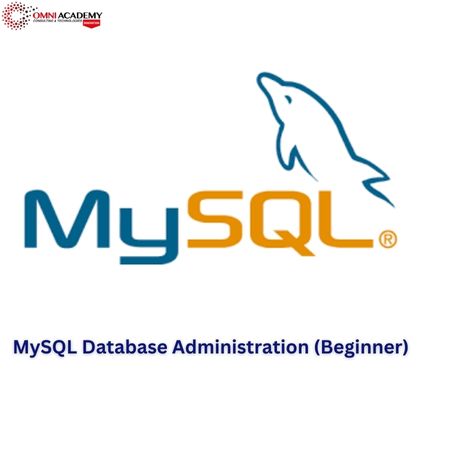This Java EE 6 Platform training teaches you to build and deploy enterprise applications that comply with Java(TM) Platform, Enterprise Edition 6 technology standards. Explore other enterprise components as well.
Learn To:
- Describe the application model for the Java EE platform and the context for the model.
- Understand enterprise components and work with (JSP(TM)) technology.
- Create web services using SOAP and RESTful techniques.
- Assemble and deploy an application into an application server (Java EE platform runtime environment).
- Develop expertise using Enterprise JavaBeans(TM) (EJB(TM)) technology.
- Become familiar wtih the Java Persistence API.
- Create user interfaces using servlets, JSP technology (JSP pages) and JavaServer Faces (JSF).
- Develop simple web services for the Java EE platform.
- Understand RESTful and SOAP web services and the Java technology clients who use them.
Course Objectives
- Select the correct Java EE Profile for a given application
- Develop and run an EJB technology application
- Develop basic Java Persistence API entity classes to enable database access
- Develop a web-based user interface using Servlets, JSPs, and JSF
Course Topics
Survey of Java EE Technologies
-Certifications Paths
-Describe the needs of enterprise applications
-Describe the different Java platforms and versions
-Introducing Applications Servers
-Enterprise Modules
-Introduce the Java EE APIs and services
Enterprise Application Architecture
-Design Patterns
-Model View Controller
-Synchronous and Asynchronous communication
-Network Topologies and Clustering
-Layering (client,presentation,service,integration,persistence)
Web Technology Overview
-Describe the role of web components in a Java EE application
-Define the HTTP request-response model
-Brief introduction to technologies not covered in detail
-Compare Java servlets, JSP, and JSF
Developing Servlets
-Use the request and response APIs
-Describe the servlet API
-Servlet configuration through annotations and deployment descriptors
-Servlets as controllers
Developing With JavaServer Pages Technology
-Author JSP pages
-Evaluate the role of JSP technology as a presentation mechanism
-Brief introduction to the JSTL and EL
-Process data received from servlets in a JSP page
JavaServer Faces
-The JSF model explained
-Configuring JSF page navigation
-JSF Conversion, Validation, and Error Handling
-JSF Managed beans
-Using the JSF tag libraries
-Adding JSF support to web applications
EJB Overview
-Java Persistence API as a replacement for Entity EJBs
-EJB types:Message Driven beans
-Describe the role of EJBs in a Java EE application
-EJB types: Session Beans
-EJB lite
Implementing EJB 3.0 Session Beans
-Describe the operational characteristics of a singleton session bean\
-Describe the operational characteristics of a stateful session bean
-Describe the operational characteristics of a stateless session bean
-Package and deploy session beans
-Create session beans
-Create session bean clients
-Compare stateless and stateful behavior
The Java Persistence API
-Object Relational Mapping
-The life cycle and operational characteristics of Entity components
-The role of the Java Persistence API in a Java EE application
-Entity class creation
-Using the EntityManager API
-Persistent Units and Packaging
Implementing a Transaction Policy
-Compare programmatic and declarative transaction scoping
-Implement a container-managed transaction policy
-Use the Java Transaction API (JTA) to scope transactions programmatically
-Describe transaction semantics
-Using transactions with the web profile
-Support pessimistic locking of entity components
-Support optimistic locking with the versioning of entity components
Developing Asynchronous Java EE Applications and Messaging
-List the capabilities and limitations of Java EE components as messaging producers and consumers
-The need for asynchronous execution
-JMS administration
-JMS technology introduction
-JMS and transactions
Developing Message-Driven Beans
-Describe the properties and life cycle of message-driven beans
-Create a JMS message-driven bean
Web Service Model
-List the specifications used to make web services platform independent
-Describe the role of web services
-Describe the Java APIs used for XML processing and web services
-Web service models
Implementing Java EE Web Services with JAX-WS and JAX-RS
-Describe endpoints supported by the Java EE 6 platform
-Developing Web Services with Java
-Creating Web Service Clients with Java
Implementing a Security Policy
-Configure authentication in the web tier
-Define user roles and responsibilities
-Exploit container-managed security
-Create a role-based security policy
-Use the security API
Job Interview Preparation (Soft Skills Questions & Answers)
- Tough Open-Ended Job Interview Questions
- What to Wear for Best Job Interview Attire
- Job Interview Question- What are You Passionate About?
- How to Prepare for a Job Promotion Interview
🎥 Your FREE eLEARNING Courses (Click Here)
Internships, Freelance and Full-Time Work opportunities
Flexible Class Options
- Week End Classes For Professionals SAT | SUN
- Corporate Group Trainings Available
- Online Classes – Live Virtual Class (L.V.C), Online Training







